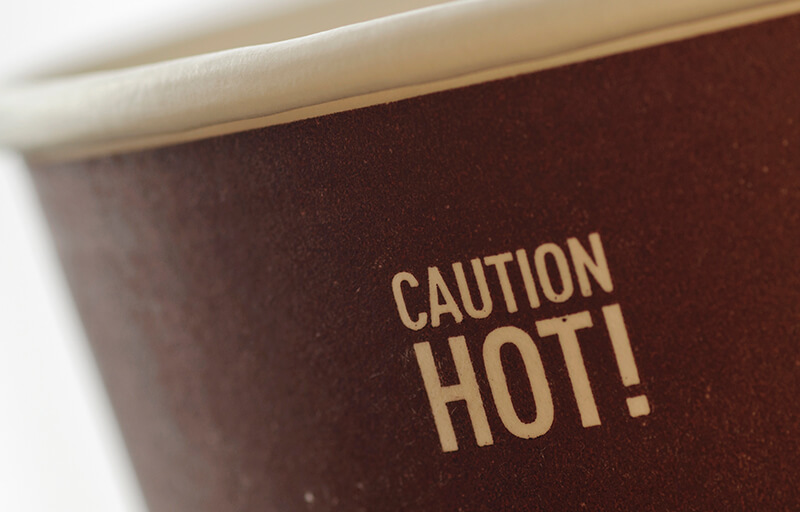The hard and soft tissues of the mouth are a study in contrasts. The teeth are covered by enamel—the hardest substance in the body; the gums that support them, on the other hand, are soft, moist and sensitive. Gum tissue can be damaged by accidents, falls, sports injuries, and other types of trauma. Gum injuries can also result from consuming food or beverages that are too hot, or from foreign bodies that are chewed on or otherwise enter the mouth. Infections sometimes develop under the gum line, which can be painful and require immediate treatment. Here’s a brief guide to a few common types of gum injury.
Soft Tissue Injury
Injury to the soft tissues of the mouth—the lips, tongue, gums and cheek lining—may occur with or without damage to the teeth. To give first aid when this kind of injury is suspected, ask the patient to rinse the mouth with dilute salt water. If foreign material is present, gently try to remove it by hand, or by swishing vigorously with diluted salt water; rinse again if necessary.
The mouth may seem quite bloody, but that appearance often results from blood mixed with saliva. If an open wound is found, bleeding can usually be stopped by pressing on the site with damp gauze or a wet tea bag. If bleeding can’t be controlled within 10 or 15 minutes, or if there is severe pain or disorientation, go to an emergency room at once.
Otherwise, make arrangements to see a dentist within six hours of the injury for evaluation and treatment. An examination may involve both visual assessment and x-rays. In addition to dental restorations, if needed, initial treatment of gum injuries may include sutures (stitches) or other procedures. An antibiotic medication or tetanus shot may also be recommended.
Foreign Bodies in Gums
When foreign bodies become lodged in the gums, or in the space between teeth and gums, the consequences can range from irritation to infection. Popcorn hulls and toothpick splinters are a few of the common culprits, but many other items can cause this problem. If you notice an object lodged under the gum line, try working a piece of dental floss gently up and down against a nearby tooth to free it. You can also try pushing lightly with a toothpick, but avoid too much pressure; this may drive the object deeper or further irritate the gum tissue. If these steps don’t help, see a dentist as soon as possible to prevent infection from developing.
See how much you can save with a dental savings plan today.
- Save an average of 50%* at the dentist
- Plans start at $7/mo billed annually
Gum Infection (Periodontal Abscess)
A gum abscess (sometimes called a gum infection or a gum boil) is a pus-filled sac that may cause moderate to severe pain, and requires prompt treatment. The underlying infection may come from foreign substances trapped under the gum line, or from uncontrolled periodontal (gum) disease. While they may not develop overnight, periodontal abscesses may suddenly cause intense discomfort or toothache-like pain because of the pressure rapidly building within them. Other symptoms may include throbbing, tenderness, swelling, and sometimes fever. Occasionally, bad breath or a sour taste in the mouth is caused by an abscess. It’s important to treat an abscess quickly because if left unchecked, the infection can cause accelerated bone loss that can ultimately lead to tooth loss, and can spread to other parts of the body. Treatment may include draining the pus and fluid (which often causes immediate pain relief), controlling the infection, and removing the causes of the infection. If you’re concerned about the cost of care at the dentist, dental discount plans can help make treatments more affordable.
